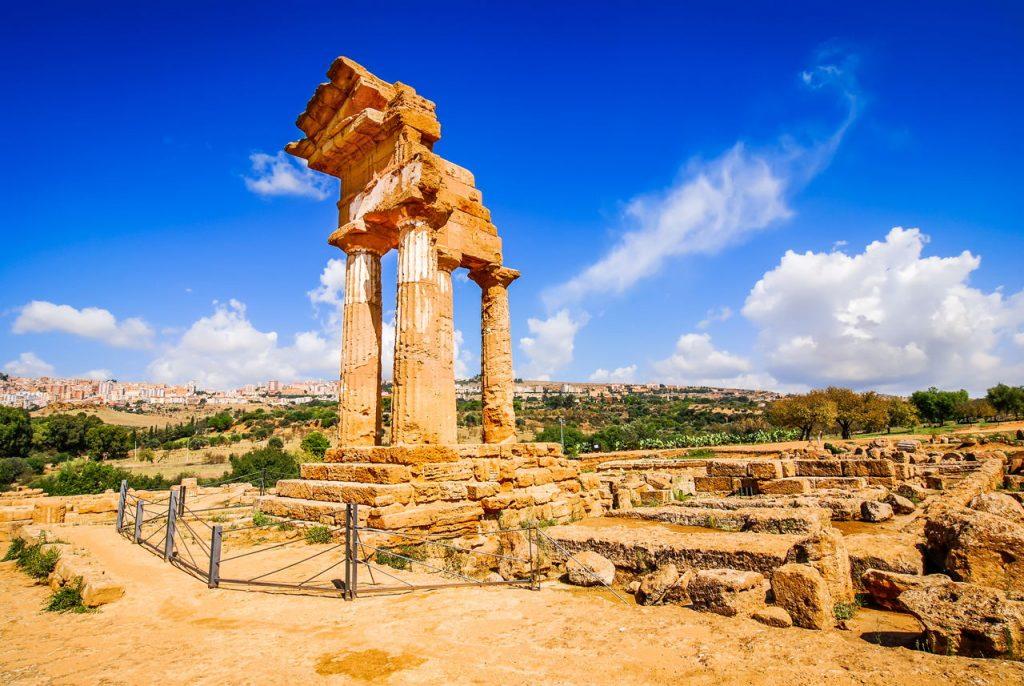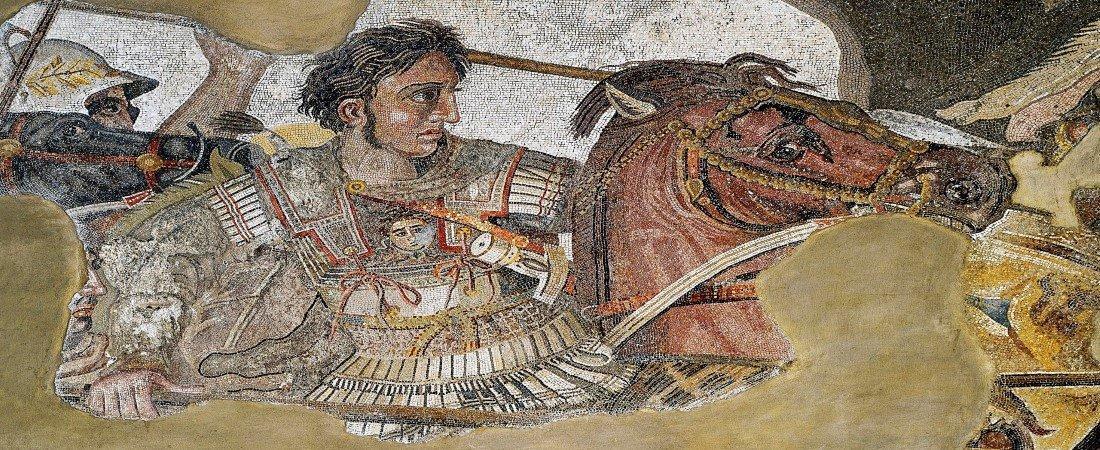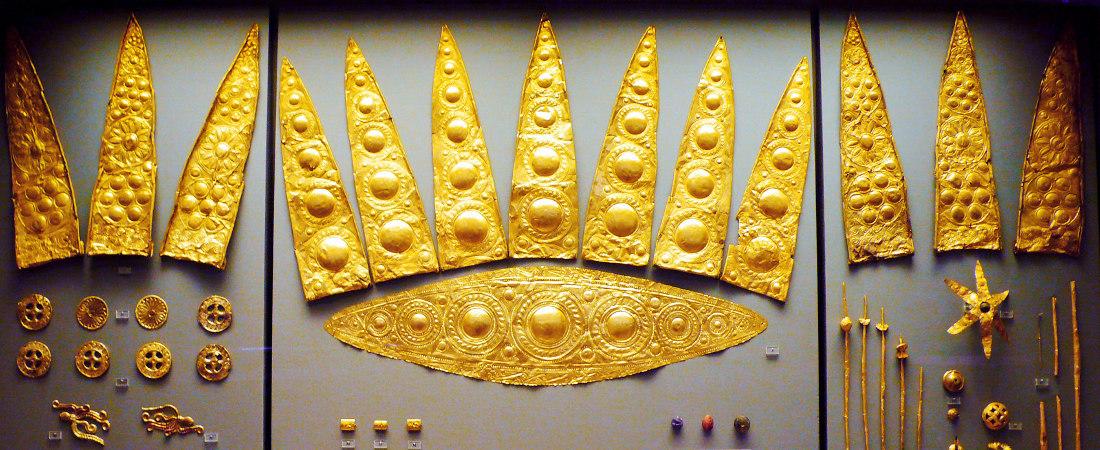Ancient Sparta was a prominent City-State in Ancient Greece. In antiquity it was known as Lacedaemon. The name Sparta actually referred to its main settlement on the banks of the Eurotas River in Laconia in south-eastern Peloponnese. Around 650 BC, it rose to become the dominant military land-power in Ancient Greece.
As a result of its military pre-eminence Sparta was recognized as the overall leader of the combined Greek forces during the Greco-Persian Wars. Between 431 and 404 BC, Sparta was the principal enemy of Athens during the Peloponnesian War. Finally it emerged victorious, though at a great cost of lives lost.
Later on Sparta’s defeat by Thebes in the Battle of Leuctra, in 371 BC, ended Sparta’s prominent role in Greece. However, it maintained its political independence until the Roman conquest of Greece in 146 BC. It then underwent a long period of decline. Especially in the Middle Ages, when many Spartans moved to live in Mystras.
Modern Sparta is the Capital of the Greek regional unit of Laconia. It is also a center for the processing of goods such as citrus and olives.
Sparta was unique in Ancient Greece for its social system and constitution. Completely focused on military training and excellence. Its inhabitants were classified as:
- Spartiates (Spartan citizens, who enjoyed full rights),
- Mothakes (non-Spartan free men raised as Spartans),
- Perioikoi (freedmen)
- Helots (state-owned serfs, enslaved non-Spartan local population).
Spartiates underwent the rigorous agoge training and education regimen. Moreover Spartan phalanges were among the best in battle. Spartan Women enjoyed considerably more rights and equality to men than elsewhere in the Classical World.
Sparta was the subject of fascination in its own day, as well as in the West. Following the revival of classical learning. Laconism or Laconophilia is the love or admiration of Sparta.
The size of the city at its peak around 500 BC was some 20,000 – 35,000 free residents. Plus numerous helots and perioikoi it came at 40,000 – 50,000. Given this fact it was one of the largest Greek Cities. However, according to Thucydides, the population of Athens in 431 BC was 360,000 – 610,000. Therefor making it unlikely that Athens was smaller than Sparta in 5th century BC.
In 1933 the French classicist François Ollier warned for a major scholarly problem regarding Sparta, in his book “Le Mirage Spartiate”. Given that all the surviving accounts of Sparta were written by non-Spartans, it was often presented an excessively idealized image of Sparta. Ollier’s theory of the “Le Mirage Spartiate” has been widely accepted by scholars.
See Ancient Sparta with one of our tours:






